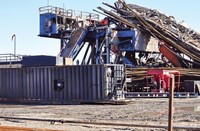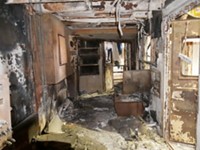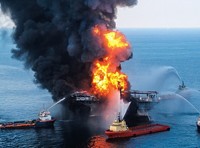Advertisement
Grab your lab coat. Let's get started
Welcome!
Welcome!
Create an account below to get 6 C&EN articles per month, receive newsletters and more - all free.
It seems this is your first time logging in online. Please enter the following information to continue.
As an ACS member you automatically get access to this site. All we need is few more details to create your reading experience.
Not you? Sign in with a different account.
Not you? Sign in with a different account.
ERROR 1
ERROR 1
ERROR 2
ERROR 2
ERROR 2
ERROR 2
ERROR 2
Password and Confirm password must match.
If you have an ACS member number, please enter it here so we can link this account to your membership. (optional)
ERROR 2
ACS values your privacy. By submitting your information, you are gaining access to C&EN and subscribing to our weekly newsletter. We use the information you provide to make your reading experience better, and we will never sell your data to third party members.
Safety
BP, Contractors Blamed For Gulf Oil Spill
September 19, 2011
| A version of this story appeared in
Volume 89, Issue 38
An inadequate cementing job to temporarily cap the Macondo oil and gas well and a series of failures to recognize the impact of such inadequacies led to the largest oil spill in U.S. history, according to a final report released last week by the Department of the Interior’s Bureau of Ocean Energy Management, Regulation & Enforcement. The April 20, 2010, accident killed 11 workers and leaked nearly 5 million barrels of oil into the Gulf of Mexico. Although the exact cause of the cementing failure remains unknown, the long-awaited report says BP, as the well operator, was ultimately responsible for safety. However, it also says Transocean, the owner of the Deepwater Horizon drilling rig, and Halliburton, a BP contractor responsible for the cementing job, share responsibility. The report cites many failures largely driven by BP’s desire to limit costs by quickly completing the well-capping operation and removing the drilling rig. It notes the rig operators misinterpreted the condition of the cement cap and failed to notice the release of hydrocarbons into the well bore, despite knowing that a similar release on the same rig occurred a month earlier and went undetected for 30 minutes. The report’s release marks the completion of the 16-month investigation.





Join the conversation
Contact the reporter
Submit a Letter to the Editor for publication
Engage with us on Twitter